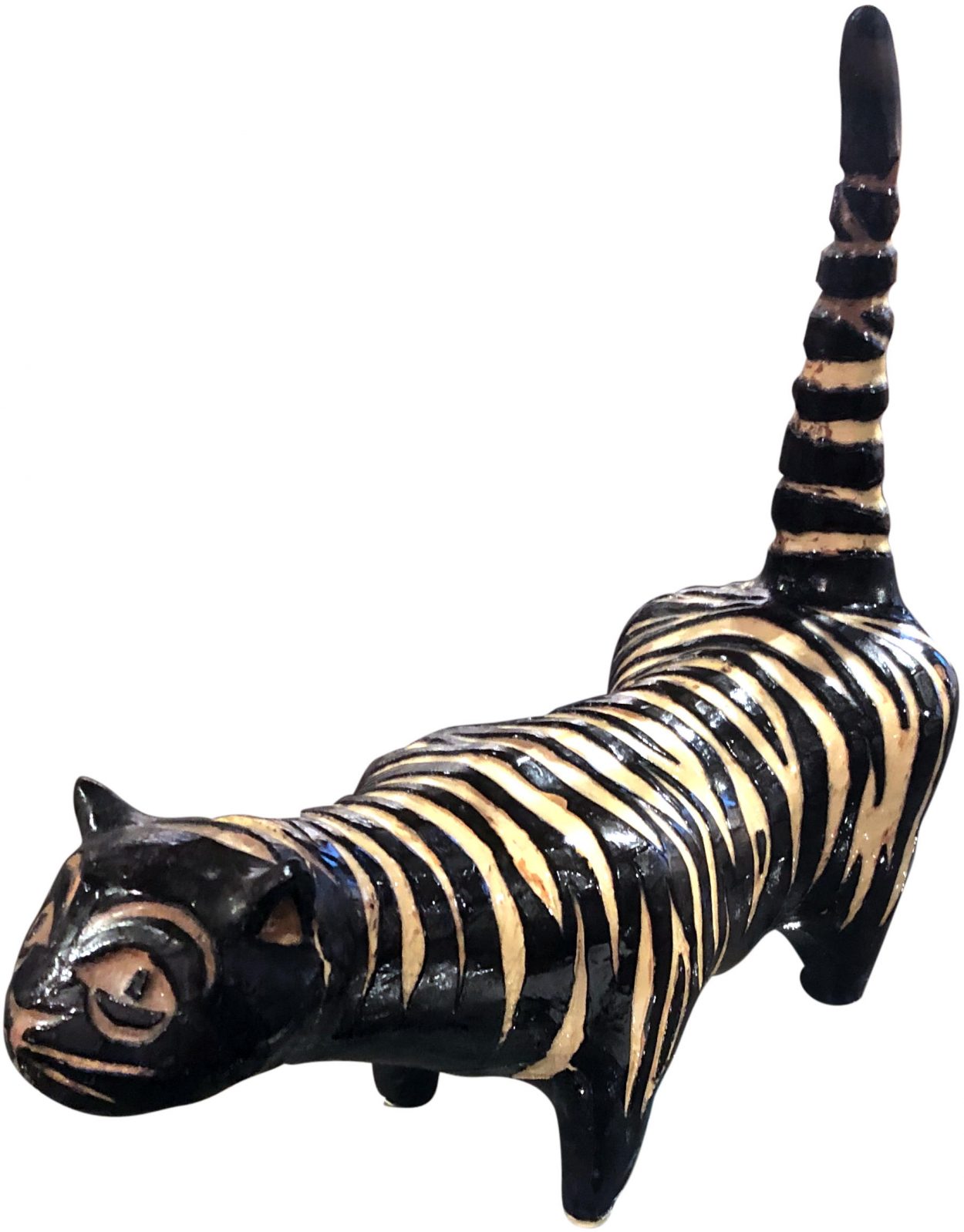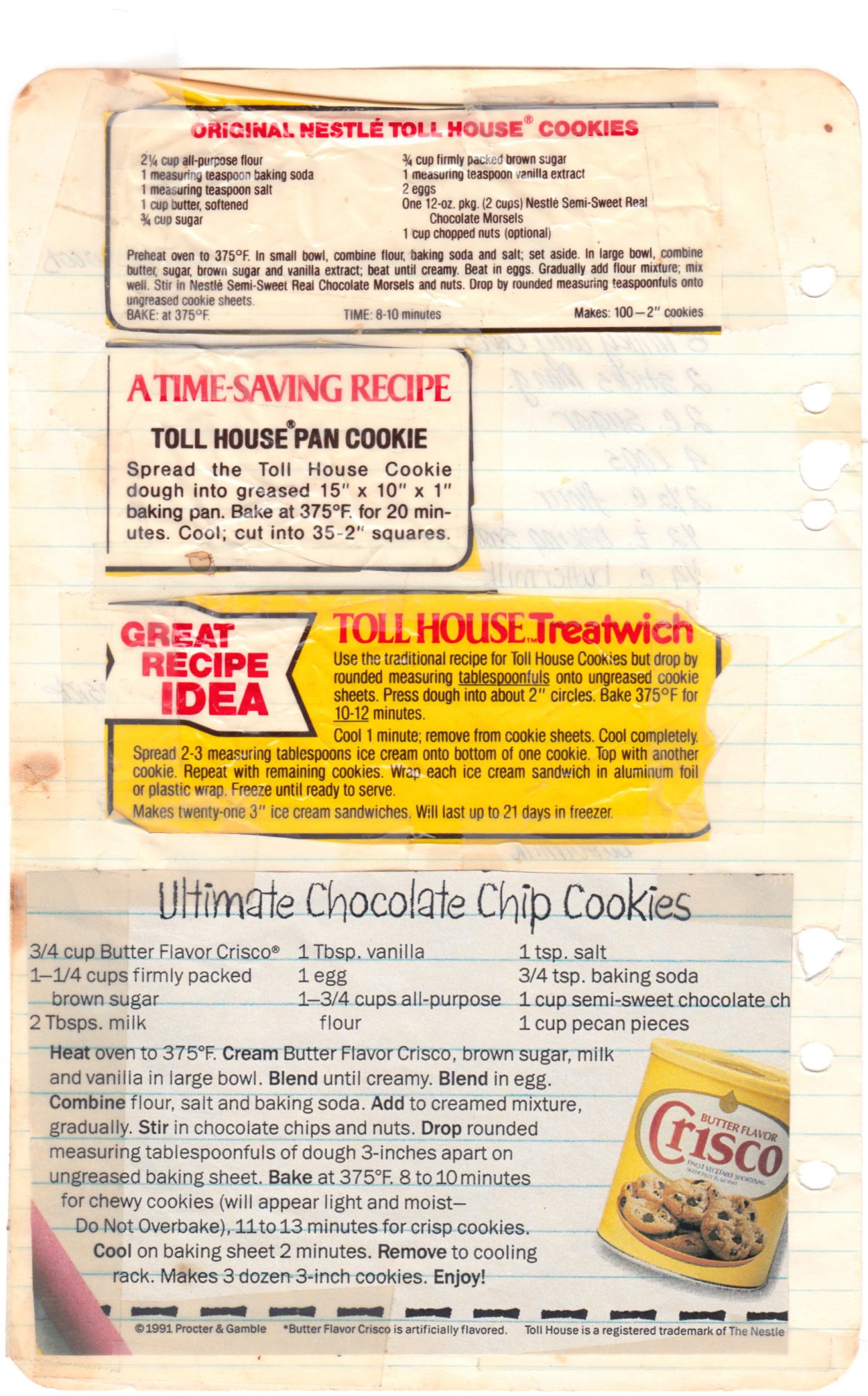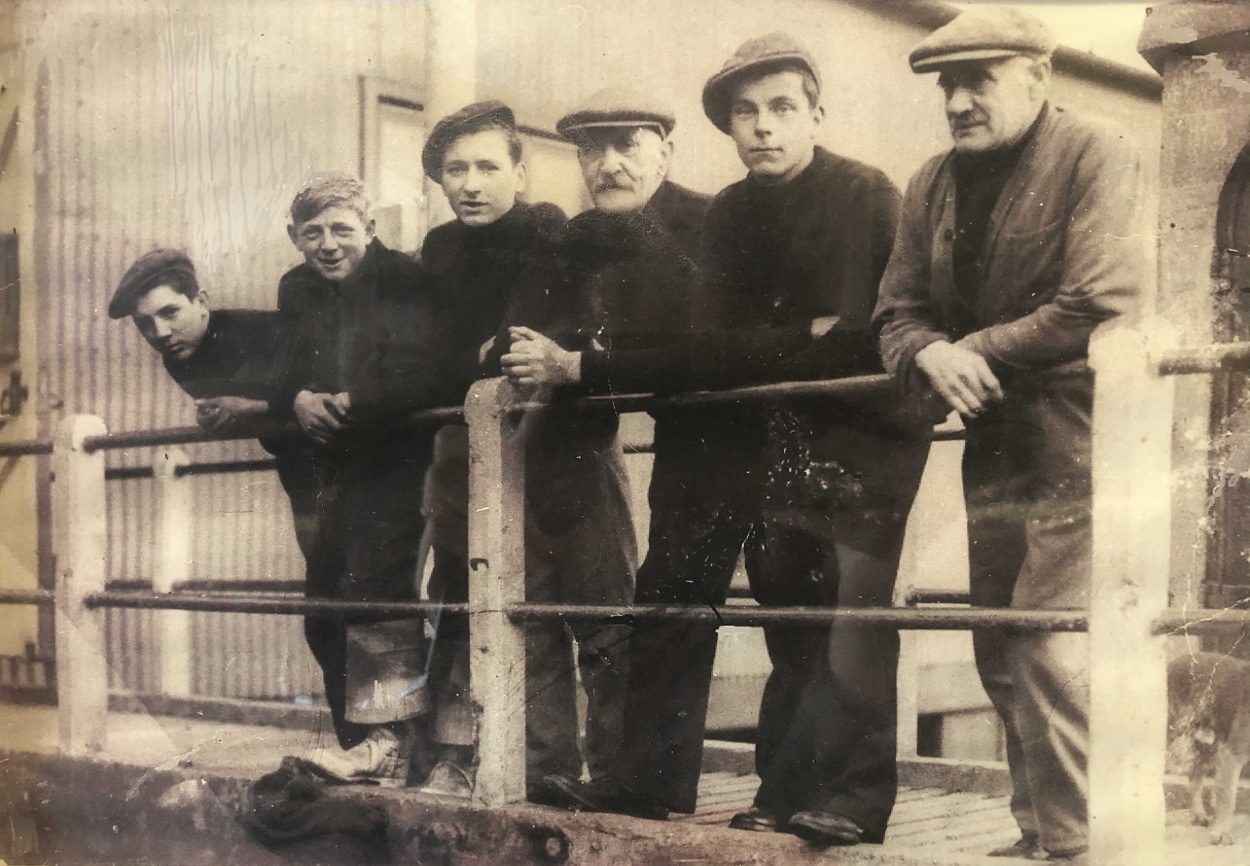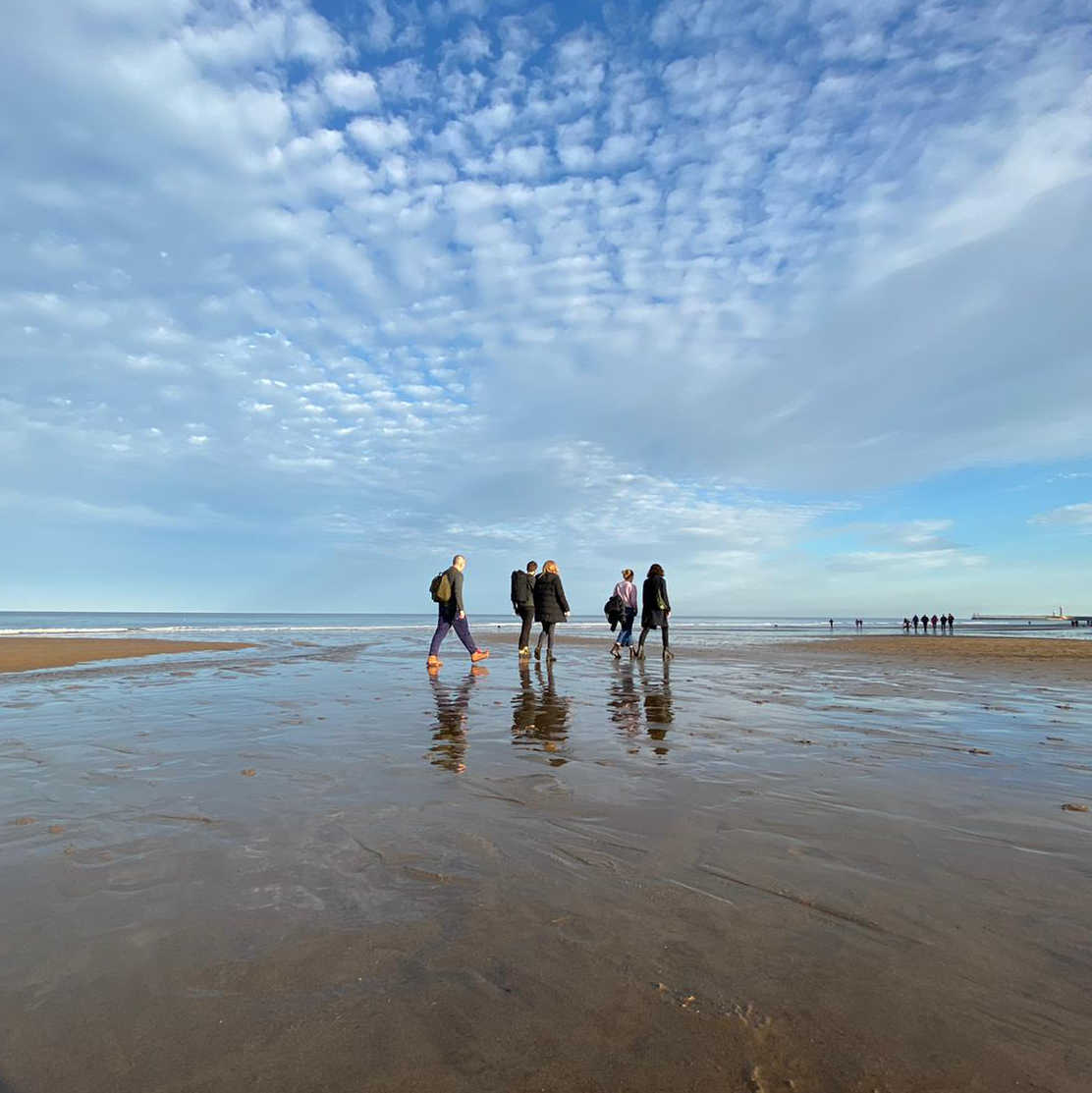The ingredients in this recipe are very similar to Prof. Bruce Maxwell’s Churchill Brownies recipe, so similar that I may consider trying the exact combo below as a brownie tray bake some time. Dust the top with powdered sugar and cut it in to squares. Could work!
There are a few factors at play in getting the crackle right including the fully preheated oven, the position of the oven rack, the liquid-to-dry ratio, the *sifted* powdered sugar, and the temperature of the dough before it goes in the oven. You could attempt to bake two sheets of cookies at once, but baking the cookies in separate batches helps them crackle more uniformly. Follow the instructions carefully, and use weights if you can. Weigh your eggs if you’re not sure about the chicken egg sizes in your country.
Makes about 18 cookies, on two baking sheets.
In a large bowl, combine 60 g (½ c) unsweetened cocoa powder, 205 g (1 c) granulated sugar, and 60 g (¼ c) vegetable oil until very homogenous and absolutely no lumps of cocoa are left. Beat in 2 large (~60 g each w/ shell on) eggs and ½ t vanilla extract or the zest of an orange.
In a separate bowl, whisk together 130 g (1 c) plain flour, 1 t baking powder, and ¼ t salt. Next, stir this dry mixture in to the wet mixture just until combined. Cover and place in your freezer for 45 minutes if you want them quickly or 4–8 hours in the fridge if baking the next day.
When you are ready to bake the cookies, preheat your oven to 175C (350F) and position an oven rack in the upper third of your oven. I use the second rung from the top. Line a baking sheet with parchment paper, and then sift about 35 g (¼ c) powdered sugar in to a bowl.
When the oven is fully preheated, remove half of the dough from the fridge / freezer and use a spoon to scoop out about 1–2 T for each cookie, quickly rolling them in to balls. The dough will be very sticky. When all of the dough balls are ready, quickly roll them in the powdered sugar and place them on the lined baking sheet, leaving decent space for the cookies to spread. Place them straight in the preheated oven and bake for 10–12 minutes until crackly and just a tiny bit soft. Let cool no longer than 5 minutes, then transfer them off of the paper and on to a cooling rack.
Repeat the process with the second half of the dough, using a separate cool tray or allowing the original tray to cool sufficiently.



